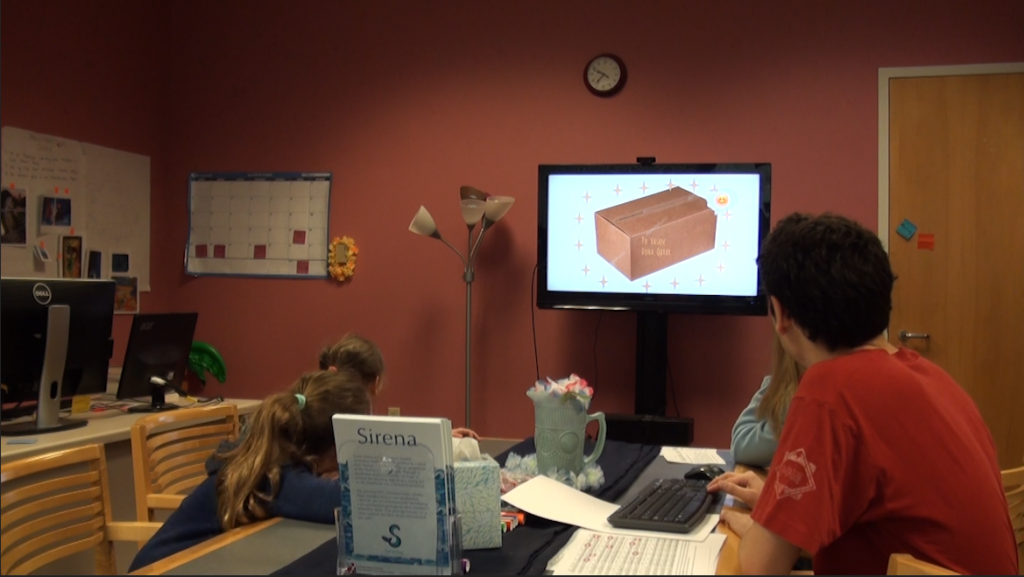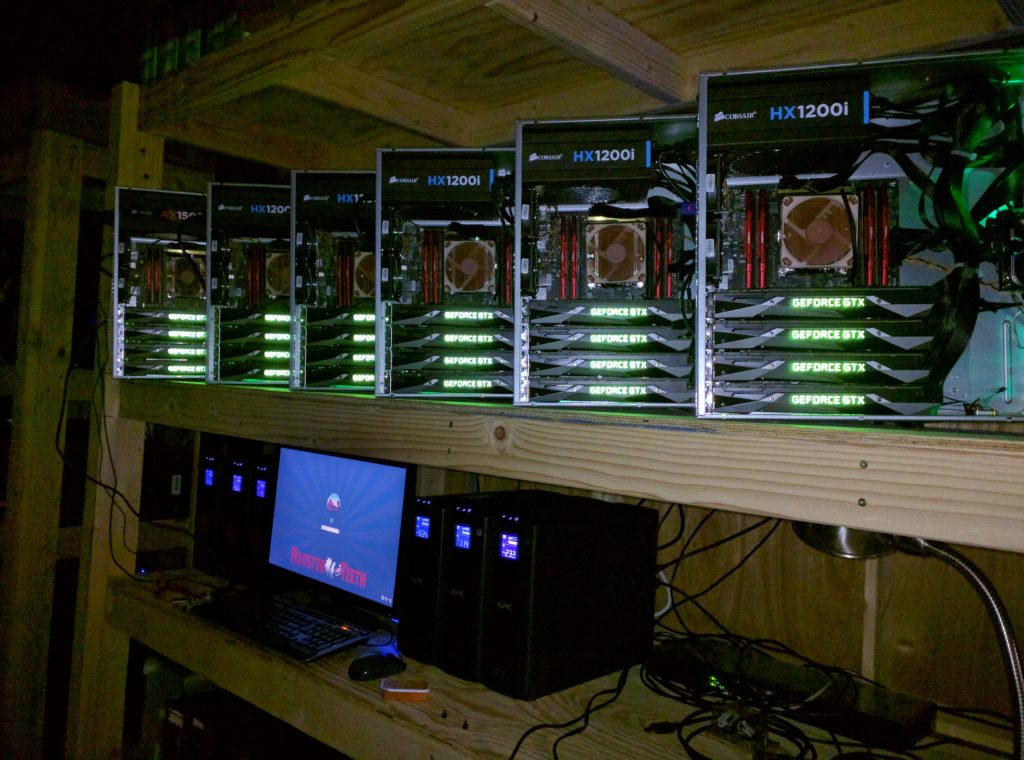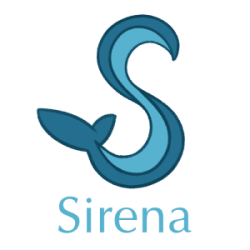Week 12
Kid Tested, Mermaid Approved
To follow up on last week’s blog, this past weekend’s Playtest Day was a success. The average age of our playtesters was 10, so we had to present our material accordingly. We tried to make the experience a mix of storytelling and engagement— we presented our Pre-Production narrative as a story with placeholder visuals, and asked follow-up questions to gauge how well they understood the material.

From the data we received with 15 playtesters, it was clear that our emotional arc was registering. What’s more, they could follow the story and accepted our anthropomorphic box as the main character. While it’s hard to put much stock in data gathered from an audience in this particular age group, it was helpful for us to get experience presenting the content.
Believability: The Holy Grail
The hardest part of making animation we’ve experienced is making every moment convincing. When working with human characters and natural environments, the audience is going to expect things to behave as they should in the real world. For us, this has meant consistently iterating upon each aspect of our work— body animation, water effects, hair simulation, and sound effects— to keep that idea of believability across the board. We can assume this need for accuracy is a big reason that traditional animation studios often make their protagonists creatures, robots, or toys, rather than regular human beings.
This has been especially true for the above-water scenes, in which Sirena is swimming in the ocean and gets swept up in a storm. You can’t simply plop a character model in the water and expect it to look natural. The workaround we determined early on was to follow the common Hollywood adage and “fix it in post.” Adobe AfterEffects has allowed us to add fine details to the water like rough edges and foam reacting to the character’s body. You can see some of the iteration we’ve done with AE below:
Render Bender
One of the biggest inhibitors of our progress so far has been the school renderfarm. For those who don’t know, a renderfarm is a sequestered group of computers used solely to render out images; a process essential for animation that can be slow and tedious for just one computer. Using a renderfarm allows animators to render their work in a reasonable timeframe, while also still being able to use their personal computers to get more work done. Unfortunately for us, the ETC’s renderfarm has been very temperamental as of late. It doesn’t seem to be playing well with the plugins our specific effects require. According to our faculty instructors, this is a common issue in the industry, and having to deal with this setback will be a valuable experience for us moving forward.

Because of these issues, progress has gone slower than we’d like. While we have a clear vision and end point, this has been a blow to our execution. Nonetheless, everyone on the team is working as hard as they can to see it through. With just a week until Soft Opening, this coming week will be a major push to get things where we want them. We’re confident that the final shots we’re able to show the faculty will be high quality, but the question at this point is how much of the short we will be able to show at that time.
Either way, the end is indeed in sight. Our team has come a long way, and if we’ve made it this far, we know we can reach the finish line.
